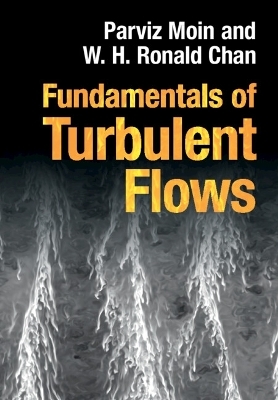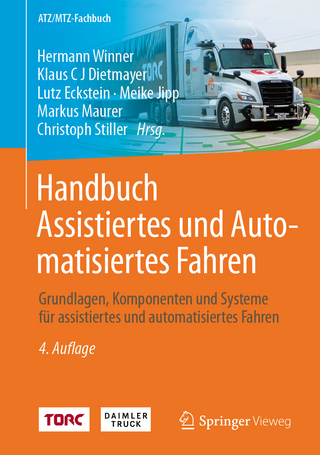
Fundamentals of Turbulent Flows
Cambridge University Press (Verlag)
978-1-009-43140-8 (ISBN)
- Noch nicht erschienen (ca. Dezember 2024)
- Versandkostenfrei innerhalb Deutschlands
- Auch auf Rechnung
- Verfügbarkeit in der Filiale vor Ort prüfen
- Artikel merken
This succinct introduction to the fundamental physical principles of turbulence provides a modern perspective through statistical theory, experiments, and high-fidelity numerical simulations. It describes classical concepts of turbulence and offers new computational perspectives on their interpretation based on numerical simulation databases, introducing students to phenomena at a wide range of scales. Unique, practical, multi-part physics-based exercises use realistic data of canonical turbulent flows developed by the Stanford Center for Turbulence Research to equip students with hands-on experience with practical and predictive analysis tools. Over 20 case studies spanning real-world settings such as wind farms and airplanes, color illustrations, and color-coded pedagogy support student learning. Accompanied by downloadable datasets, and solutions for instructors, this is the ideal introduction for students in aerospace, civil, environmental, and mechanical engineering and the physical sciences studying a graduate-level one-semester course on turbulence, advanced fluid mechanics, and turbulence simulation.
Parviz Moin is the Franklin P. and Caroline M. Johnson Professor in the School of Engineering and founding director of the Center for Turbulence Research at Stanford University. He pioneered the development of Direct and Large Eddy Simulation techniques and their use for the study of turbulence physics, control and modeling concepts. Professor Moin is a member of the US National Academy of Sciences and the National Academy of Engineering, and is a Fellow of the American Academy of Arts and Sciences, the American Institute of Aeronautics and Astronautics (AIAA), and the American Physical Society (APS). Ronald Chan is a Senior Scientist at the Institute of High Performance Computing (IHPC) of the Agency for Science, Technology and Research (A*STAR) in Singapore. He received his S.B. in Engineering from the Massachusetts Institute of Technology and conducted his Ph.D. research, with the support of A*STAR's National Science Scholarship, on the turbulent bubble breakup cascade in oceanic breaking waves at the Center for Turbulence Research at Stanford University, where he assisted in the instruction of the graduate turbulence course that inspired this book. His research interests focus on simulating and modeling multiphysics turbulent flows and plasmas.
Preface; 1. Overview of turbulent flows; 2. Governing equations; 3. Energetics; 4. Spectral description of turbulence; 5. The scales of turbulent motion; 6. Free-shear flows; 7. Turbulence near a wall; 8. Modeling and prediction of turbulent flows; 9. Numerical considerations for high-fidelity simulations of turbulent flows.
| Erscheint lt. Verlag | 31.12.2024 |
|---|---|
| Zusatzinfo | Worked examples or Exercises |
| Verlagsort | Cambridge |
| Sprache | englisch |
| Themenwelt | Technik ► Fahrzeugbau / Schiffbau |
| Technik ► Luft- / Raumfahrttechnik | |
| Technik ► Maschinenbau | |
| ISBN-10 | 1-009-43140-4 / 1009431404 |
| ISBN-13 | 978-1-009-43140-8 / 9781009431408 |
| Zustand | Neuware |
| Haben Sie eine Frage zum Produkt? |
aus dem Bereich


